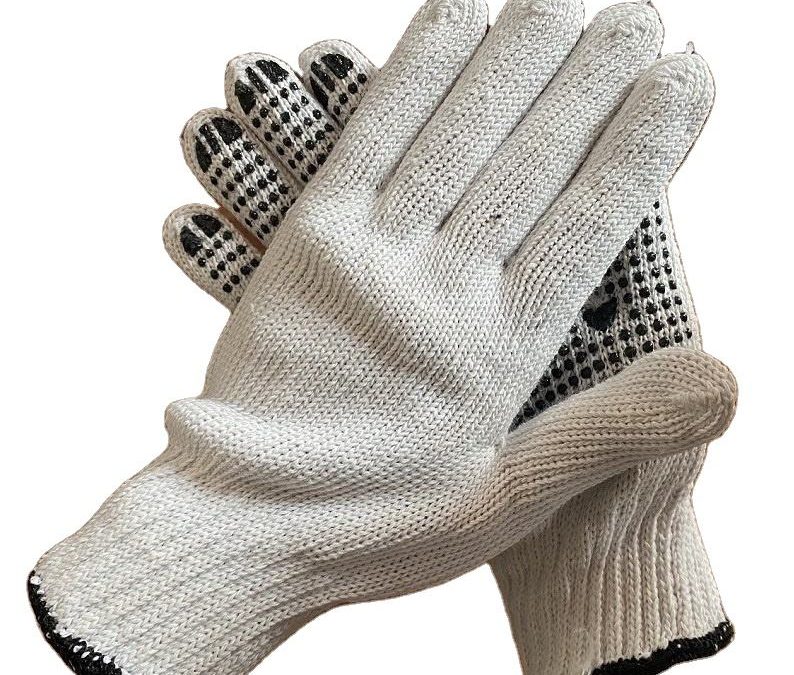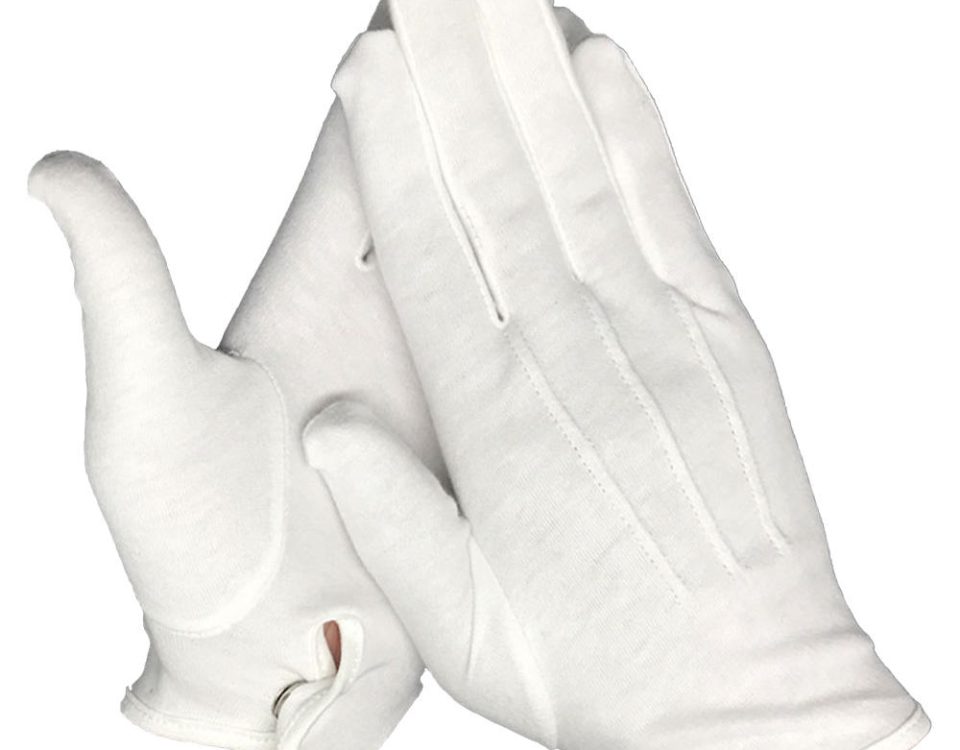- Contact us now!
- +86 18868944843
- been@thingegr.com
Processing technology of latex gloves
The vulcanized rubber was cut into pieces by surface mills earlier and then sent to colloidal solution tanks where the colloidal solution is mixed with gasoline. Then the colloidal solution is mixed by emulsion and sent to the underwater concrete emulsion tank. An aqueous solution of vulcanized rubber dissolved in gasoline is sent from the top of the distillation unit. After steam heating and steam distillation, light gasoline turns into a liquid phase when heated. Gasoline vapor is mixed with cold water and cooled in a gas cooling tower. Then, the water-oil mixture is sent to the oil-gas separator, and the water-oil is divided into multiple layers. The top gasoline is purchased, and the lower water-based internal centrifugal pump is sent to the closed cooling tower for refrigeration, and then the vapor gasoline of the distillation equipment is cooled; the latex from the still of the distillation equipment is sent to the latex mixing tank for mixing according to its own working pressure. After mixing, it is sent to a centrifugal dehydrator to separate the latex from the glove raw material, and it is colored and filtered for later use.
Mock-ups of gloves should be cleaned using strong acids, alkalis, and water, and the washed mock-ups should be soaked in boiling water and heated before being dipped in the adhesive and dried to form polypropylene filaments. The polypropylene filaments are sent to the drying oven for basic air drying, added with chemical fiber inner pads, and then sent to the drying oven for vulcanization and air drying. After the gloves are out of the mold, they should be checked for air, ultra-low temperature setting, medium temperature drying, water washing, dehydration and air drying, and then packed and sent to the finished product warehouse.







